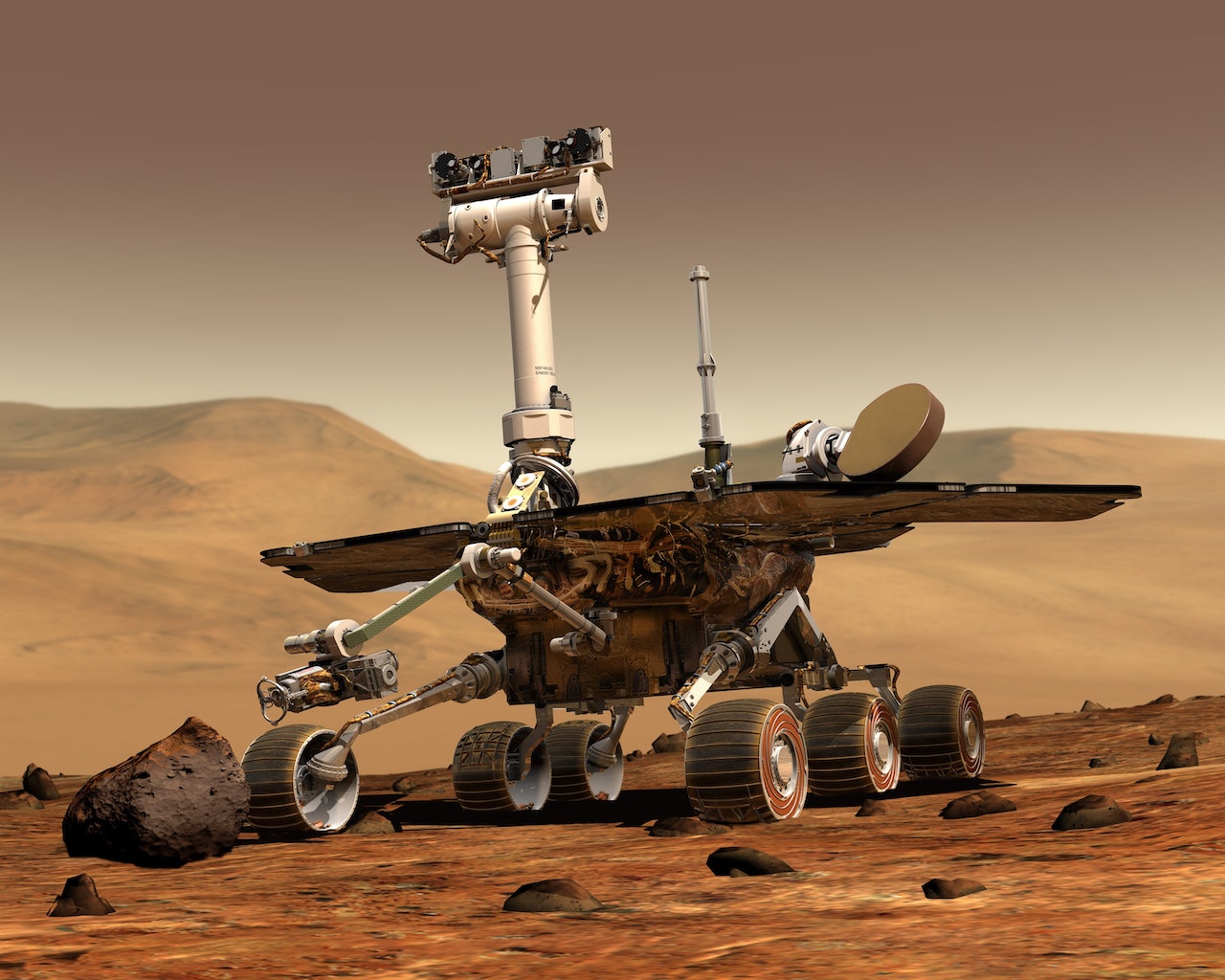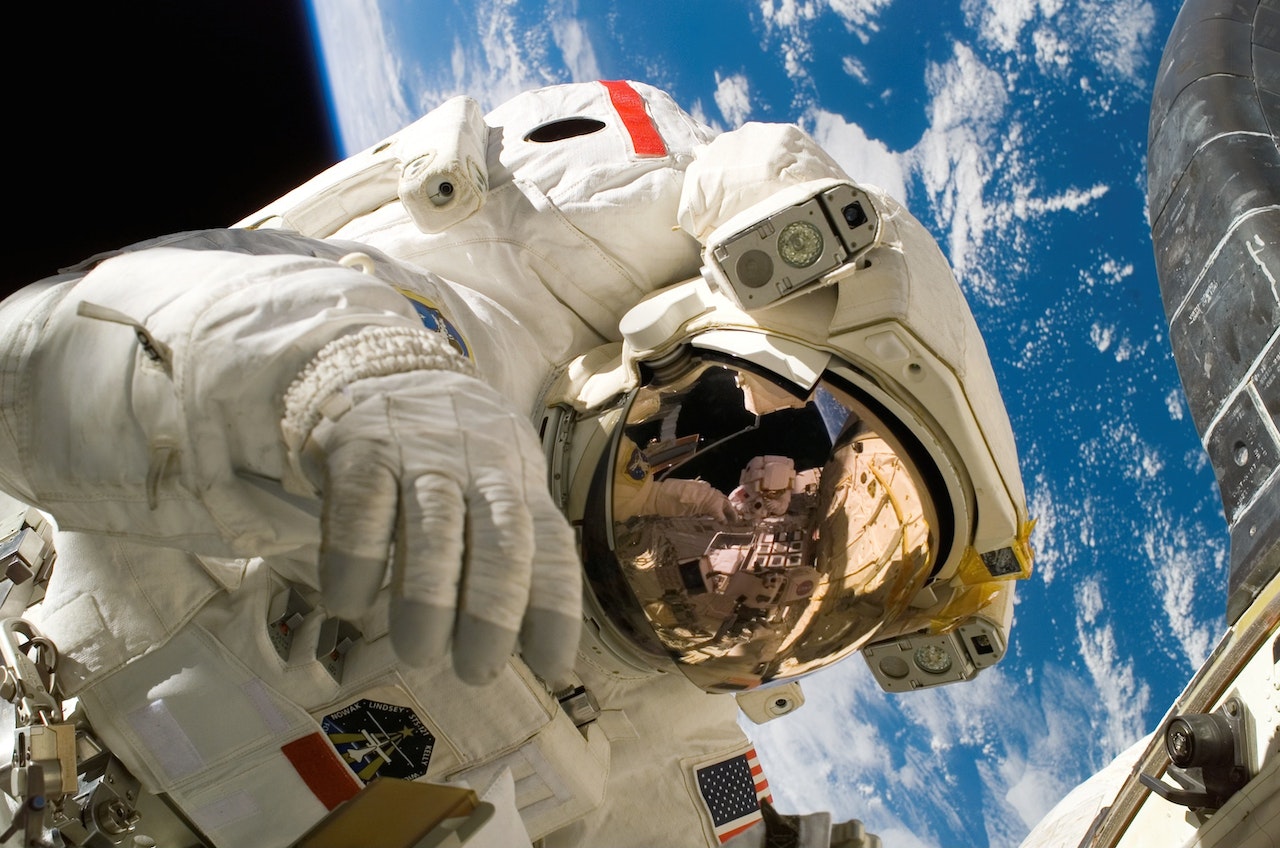Space always is something that we want to discover more and more of it. We know that NASA uses robots in different ways, and exploring space is one of them. This article is going to talk about this how robots are exploring other worlds, we will also give you list of NASA robots and you will find out why are we sending them to space.
List of NASA robots
You have probably heard of those the most popular NASA’s robots but trust us there is much more of them.
We should start with listing robots that are for example substitute for astronauts or to do all of difficult and dangerous environments. Here goes the list of robots:
- Robonaut,
- RASSOR,
- Spidernaut,
- ATHLETE,
- Dexter,
- SPHERES,
- Curiosity rover,
- Pioneer.
Now you got a bit more familiar with robots that NASA uses for space exploration. We should here probably mention also this that Robonaut 2 is the first humanoid robot in space.Keep reading and find out more about this exellent thing which are robonauts!
How robots are helping astronauts?
NASA keep developing new robots which will be there to help people in space exploring.
These robots are being used in space to aid, augment and also they are there as substitute for astronauts to do all of the most dangerous rapairs in enviroments. Robots also captures videosa and pictures.
You shuld know that all of these robots are quite similar, since all of them have the controller, actuators, the sensors and the radio comunicators as well as the power supply.
Why are we sending robots to space?

Why are people sending robots to space? This is pretty good questions, what is the reason of sending robots to space, since we have people there? To be honest sending people to space is way cheaper than sending a human being, how so? Simple Robots do not need anything to eat, they do no need to go to the bathroom or have a place to sleep (or sleep in general). Robots can stay there as long as it is only needed as they can surive in space for many years and to be honest they can be left there so there is no need for returning trip.
Another reason why is this that robots can do many things that humans can’t do. Some of them can in a very simple way withstand harsh conditions like high levels of radiation or high and very low temperatures.
Facts about robots in space
There are tones and tones of facts about robots that are investigating the space, and here is a place where you will find some of them.
- Robots in space can collect samples for exemination,
- there are two robots in space at the moment which are R1 and R2,
- Sputnik 1 was the first robot in space, it was launched October 4th, 1957,
- robots work on the International Space Station,
- costs of sending a robot to space is less than $200 million and about $250 million for a rocket,
- there are five robots on mars,
- space robots send back informations in form of photos which gives us a view on places we could never go to,
- the first and only visit to Uranus has been made by robot called NASA’s Voyager 2 in 1986,
- the first robot that went to Jupiter was Pioneer 10, and it happened in 1973.
We believe that all given facts interested you and you know now way more than you used to know before.
Conclusion
Sending robots to explore space is somethig quite „calmer” since we do not have to worry so much about their safety. Of course we would like to keep those robots in the best shape possible to last as long as it is possible. Robots are there to investigate as much as possible and then send informations about their destinations but you alread know all of it when you read the article.


It is the best article about robots and space exploration, I have ever read. This made me realise that on everyday basis there are at least couple of robots in space.